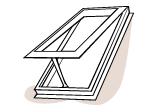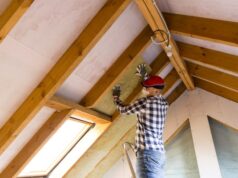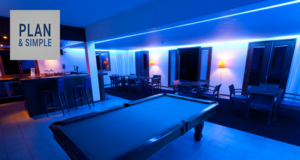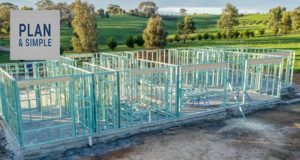
Daylight is a crucial part of any lighting design, and when used properly can help save you money and cut the size of your carbon footprint.
By far the best way to reduce the energy used for lighting is to use free, natural daylight – something we have an abundance of throughout Australia. On average, artificial light (that which comes from your light bulbs) accounts for approximately 10% of your home’s electricity demand. Carefully considered daylighting techniques and design features – particularly those that are designed into new houses – can significantly reduce your reliance on electricity and save you money in the long term. Likewise, an absence of good daylight in a building can lead to what’s known as ‘sick building syndrome’.
There are many ways to make the most of available daylight indoors, including windows, skylights, clerestory windows, sawtooth roofs and louvres. If you consider some of these during the planning stage of a new build or renovation, the long term results usually look great and work superbly to light your home during the day.





